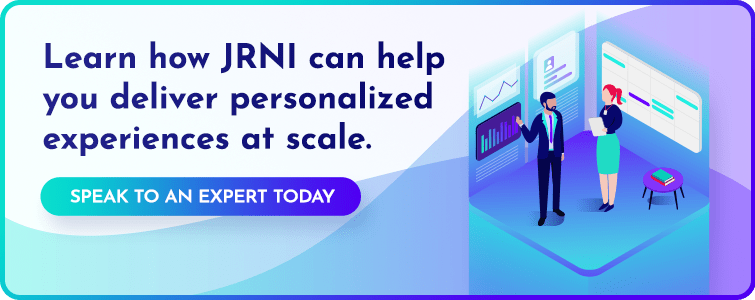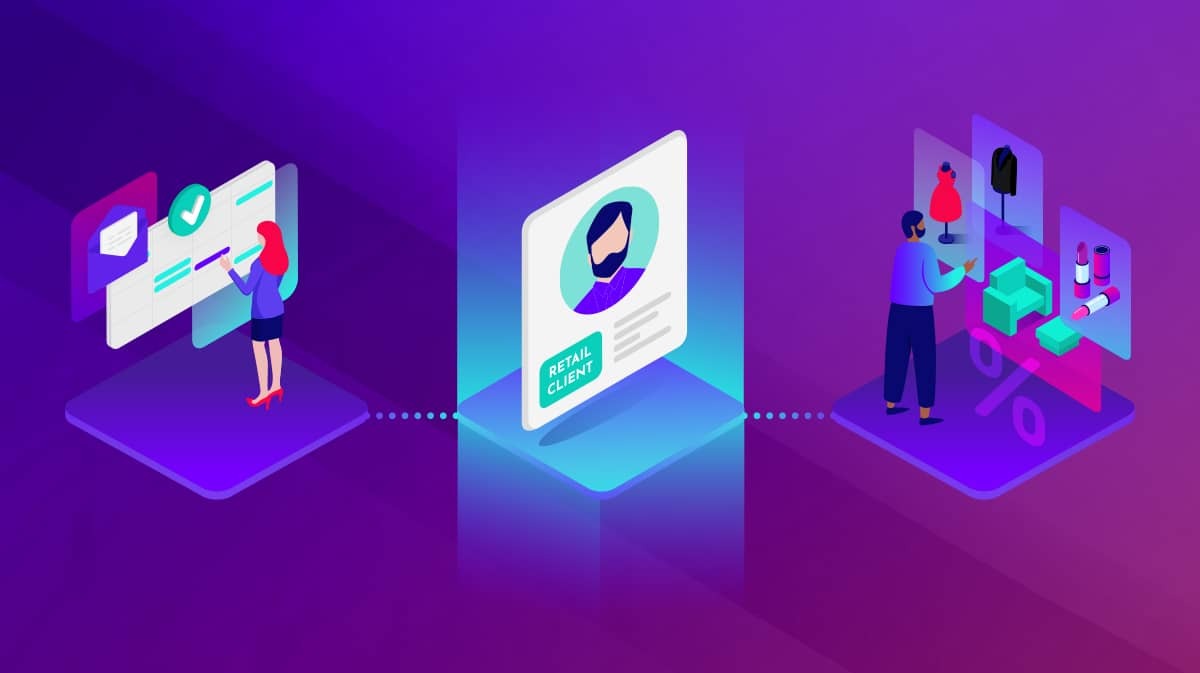Congratulations! Your organization has made the decision to invest in an online appointment scheduling solution as a way to improve both the employee and customer experience and provide personalized, one-to-one experiences. This is the first important step to building more meaningful, deeper customer relationships. But before your employees and customers can start using your new software, a swift yet robust implementation is essential to a successful appointments launch.
By planning ahead and working closely with your appointment scheduling software provider, you can evaluate the project progression and be fully prepared to go live with your new system. In this article, we’ll review four fundamental steps for the appointment scheduling implementation process.

1. Kickoff
When it comes to appointment scheduling software, there are a lot of considerations to set your enterprise up for success. During the kickoff, your technology provider should ask your team in-depth questions to ensure the implementation process meets your unique needs.
From core business integrations to the functionality your customers will expect, the kickoff phase is the perfect time to address how the software will impact employees, processes, and more. Some of the questions your provider will probably ask are:
What integrations need to be set up prior to launch?
Who is your training lead, who will become the in-house appointment scheduling software expert?
Who are your super users?
Who needs to be trained on the software before launch?
Who should receive analytics reports on things such as appointments booked, employee capacity, and appointment conversions?
What should your booking journey templates look like?
What should the branding look like across your booking journeys?
Aside from working with your software vendor during this stage, this is also the best time to start planning your appointment promotion plan. How will you promote this new booking solution internally to employees and externally to customers? From internal employee advocacy to a marketing strategy, your team can put a plan in place that will be ready for launch.
2. Configure
As the next step in the implementation process, your software provider should configure and set up the system in line with the agreed upon deliverables and configurations. During this time, your software provider should also have their internal QA team do testing to ensure proper configuration of the system for your organization.
As you work with your software’s implementation team, some questions and considerations your provider should take into account include:
Are all of your bookable employees set up in the system?
Are all of the integrations added?
Is information properly flowing between your appointment scheduling system and integrated systems?
Does each booking journey have the proper questions set up and configured?
Does each booking journey have the correct branding applied?
Is information properly populating the correct fields?
Once everything is configured, tested, and set up according to your agreement, it’s time to move to the next step for a look at the system prior to your go-live date.
3. Preview
Hooray! The preview stage is certainly an exciting step in the implementation process. Your system is very close to being ready, and you can start to fully picture how the solution will fit into your workflows and how the system will function to make booking appointments a simple and intuitive process for your customers and employees.
This step is your chance to do a review of the appointment booking system prior to launching externally. Of course, the flexibility of enterprise appointment scheduling software allows you to configure and edit things like booking services, booking descriptions, employees, etc. as needed post-launch as well.
Along with your team members, you should closely evaluate the customer booking journey, the configuration from an employee’s perspective, and any technical integrations and considerations. This is the time to loop in your internal experts and ensure no stone is left unturned. Review everything to confirm that the configuration looks correct and everything is working as expected.
This is also the time to ask your software provider any outstanding questions. Once you can confirm the preview of the system looks ready to go, it’s time to train and go-live!
4. Go-live
It’s almost time to celebrate! You’ve made it to the final step in implementation, and it certainly is an exciting one.
First and foremost, it’s time for training! This is where your training lead(s) and super users come in. Your training leads will become your go-to internal resources on the software. This sets up your team for success because they will be able to help onboard new employees and users on the software as needed. In addition, your software provider should be able to help onboard any new users as well. Training is a great way to get your employees involved and engaged before the official launch of the software to help with internal promotion and adoption of the software.
Now you’re ready for launch! It’s time to push the new appointment booking system live and promote it externally to your customers.
Learn more: If you’re looking for some tips on promoting your appointment scheduling solution, then be sure to check out our industry-specific guides:
These four implementation steps will have you on an immediate path to success with your appointments strategy. As customers and employees start to use your new appointment scheduling software, you’ll be well on your way to improving their experiences and increasing customer loyalty.
If you’re currently looking into appointment scheduling software, and want to learn more about our solution and implementation process, we would love to connect! JRNI has extensive experience delivering scalable, enterprise scheduling solutions to a wide variety of companies globally, and we are here to help you. Schedule a time to speak with an expert!




